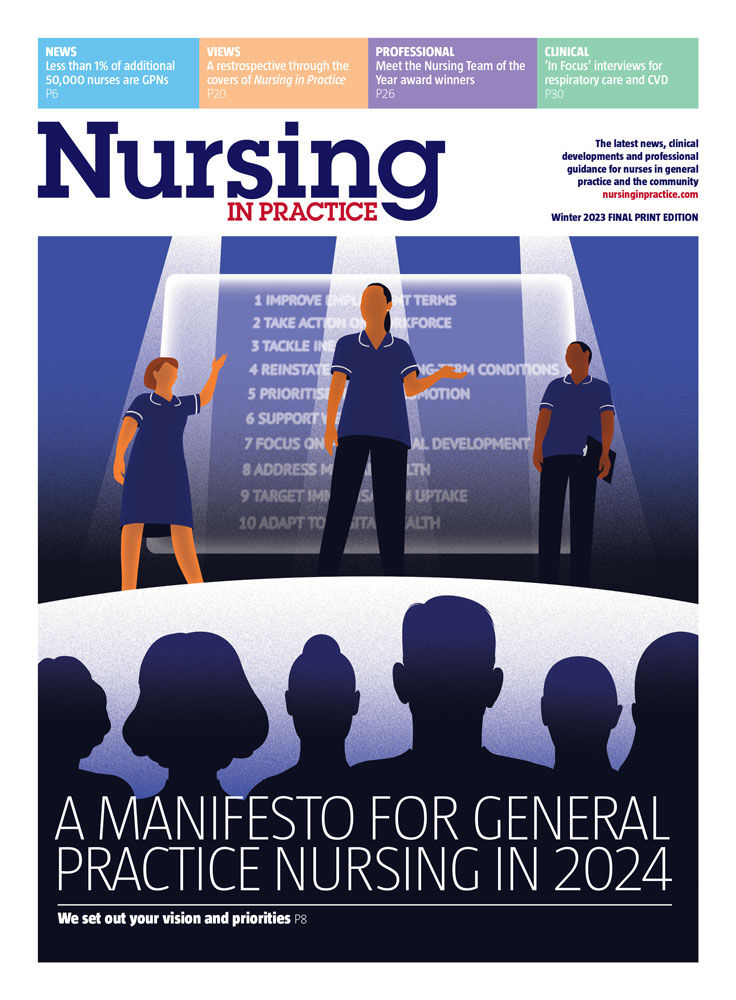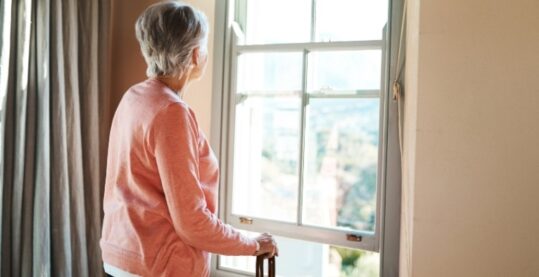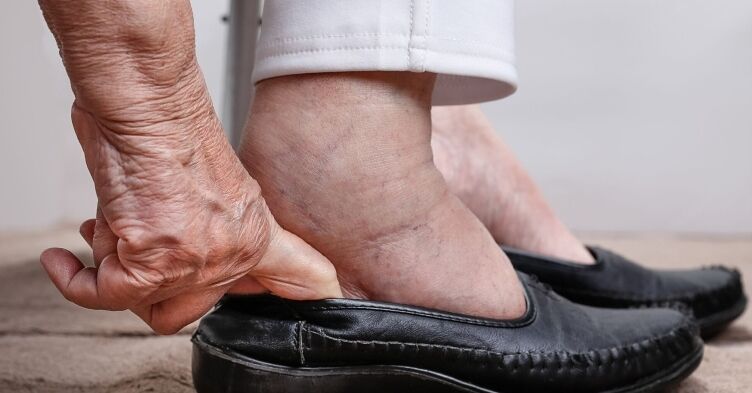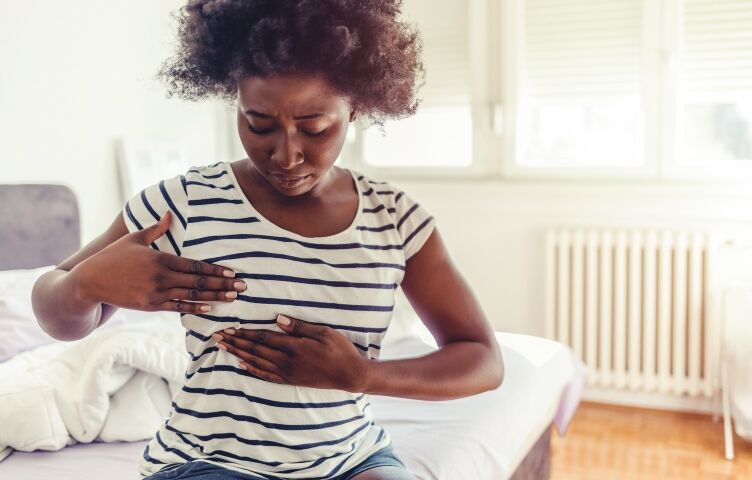If you are still managing to have a socially distanced coffee with the rest of the practice team, you have probably heard the GPs and admin team discussing the subject of shielding, possibly with the use of phrases like ‘this is doing my head in’ and ‘I haven’t got a clue what is going on’. Are you confused about which patients should shield during Covid-19?
Shielding (1) is a public health measure, which aims to protect the most vulnerable, who would be at the highest risk of complications from Covid-19. This group should not leave the house for 12 weeks (unless essential for medical reasons). Asking people to stay in for 12 weeks is a significant restriction on their lifestyle, with potential risks to physical and mental health and it is important that only those patients who need to shield are asked to do so.
The process of identifying this group has been frustrating, with advice appearing to change, the setting of a tight deadline over Easter for work to be done and letters going to dead patients and those who didn’t need to shield, whilst some who should shield didn’t get a letter. The director of primary care for NHS England has apologised (2).
The following patients should shield:
- Organ transplant recipients
- Patients with blood cancers, those having chemotherapy and some having radiotherapy and other treatment
- Patients with severe asthma and COPD, and some with other respiratory conditions
- Patients who are immunocompromised, either due to disease, medication or the fact that they have no spleen
- Pregnant women with heart disease
- Patients who are on dialysis.
This list isn’t exhaustive as consultants are also identifying patients who should shield. This list clearly doesn’t include many patients who we would consider vulnerable. An 80-year-old who is immobile due to Parkinson’s disease, has diabetes, takes two inhalers for asthma, has had a stroke and has high blood pressure does not need to shield and this has been confusing for the general public, as clearly this 80-year-old patient is vulnerable.
My explanation to this patient would be as follows. “There are three groups of people. The general public, who are at low risk of complications from Covid-19. A relatively small group who are at very high risk, for example those who have had a transplant or are currently having chemotherapy. Then there is a large group in the middle, who are aged over 70 or have chronic medical conditions – you fit into this group. You should follow the normal social distancing rules, but do them even more strictly than everyone else; what the government calls stringent social distancing (3). But you don’t need to shield so if you want to go out for the odd walk then don’t feel that you have to stay in the whole time”.
Primary care has had various interactions with the shielding list. Firstly, we got a list of all patients who had letters sent to them centrally, and were asked to check for accuracy. In my practice, about one in five shouldn’t have had a letter, mainly due to coding problems such as sickle cell trait being picked up, rather than just patients with sickle cell disease.
We contacted all these patients and told them that they didn’t need to shield. Then we were given a list of patients who had gone onto the government website and self-identified as someone who needed to shield. Almost all of these didn’t need to shield.
Finally, we are getting daily calls from patients asking for this to be explained to them, and I have found that the form of words given above is helpful. The names of those on the shielding list are passed to their local authority so that targeting of support can be given, but there is support available for anyone who needs it. Most who are ringing about shielding are worried about things like shopping, so give them the details of your local authority’s support line as well as any charities operating in your area. If you need more information, there is an RCGP eLearning module (4) which is regularly updated.
Dr Toni Hazell is the co-author of the RCGP module listed as the fourth reference below. This blog is not official RCGP guidance.
References
- https://www.gov.uk/government/publications/guidance-on-shielding-and-protecting-extremely-vulnerable-persons-from-covid-19/guidance-on-shielding-and-protecting-extremely-vulnerable-persons-from-covid-19
- http://www.pulsetoday.co.uk/clinical/clinical-specialties/respiratory-/nhs-england-director-apologises-for-handling-of-shielded-patient-lists/20040641.article
- https://www.gov.uk/government/publications/covid-19-guidance-on-social-distancing-and-for-vulnerable-people/guidance-on-social-distancing-for-everyone-in-the-uk-and-protecting-older-people-and-vulnerable-adults
- https://elearning.rcgp.org.uk/course/view.php?id=377
Read more: Care homes account for two-fifths of Covid-19 deaths








